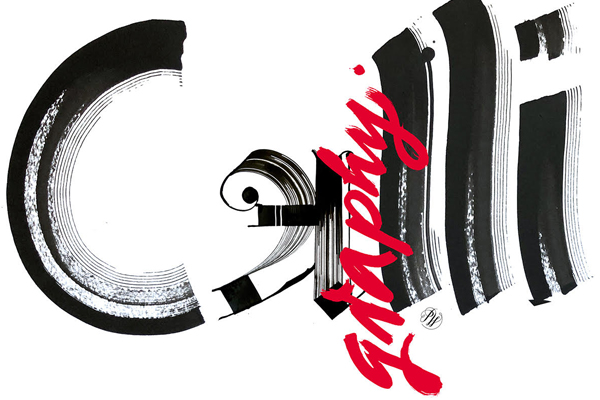The art of giving form to signs in an expressive, harmonious, and skillful manner – Calligraphy – is celebrated today August 14th across the world. The official World Calligraphy Day gives us a great opportunity to deepen our knowledge of the art form and to our delight, Munich-based calligrapher and lettering artist Petra Wöhrmann took the time to talk to us about her love and passion for lettering, what tools and papers to use, and the importance of patience and a steady hand.
When and how did you first develop an interest in calligraphy? How long have you been working as a calligrapher? Tell us the story of you and lettering.
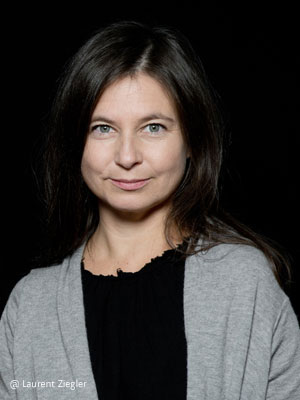 I have been working as a calligrapher since around 2013. It was a personal recommendation by a friend who knew my work, that led to a meeting with Louis Vuitton. I was asked to provide some samples of my writing and that led to a successful job interview which was the beginning of my career.
I have been working as a calligrapher since around 2013. It was a personal recommendation by a friend who knew my work, that led to a meeting with Louis Vuitton. I was asked to provide some samples of my writing and that led to a successful job interview which was the beginning of my career.
I did some writing for an exclusive opening event at Maison Louis Vuitton, ‘Residenzpost Munich’ which was attended by some very prominent people.
A few weeks later, I did some writing for an exclusive opening event at Maison Louis Vuitton, ‘Residenzpost Munich’ which was attended by some very prominent people. The number of luxury industry projects I was asked to get involved with started growing and my contributions became more significant. Calligraphy and lettering have always been a source of joy for me so turning this into my work has been positively exhilarating. I was on fire.
As it’s not the most conventional career choice, how did you train, develop and maintain your skills? What skills do you believe to be the most important for a calligrapher?
At first, my projects were for handwriting only. Then I found I just wanted more. There were always more skills to learn, precise scripting to be mastered and then applied to pen and paper. I was constantly researching masters of this art from Switzerland, Italy, USA, and Great Britain.
I soon realized that my ambitions were growing and what that meant in terms of the required discipline and the steep learning curve. I practiced a lot to create beautiful letterforms and master the skills of writing. After a while, my knowledge of the tools and materials of the trade grew and I got a sense of what direction I wanted my work to go in.
And is the practice of lettering a sort of release for you?
Without a doubt! In these times where everything goes faster and faster, Calligraphy has become a form of meditation for me. Only a steady hand can create precise forms of writing that flow with my brushes and pens. Lettering is a wonderful and special process of drawing that constantly fascinates. Sometimes, I compare how I work to the experience of being a graphic designer sitting at a screen. For me, time just ticks slower and I like it that way.
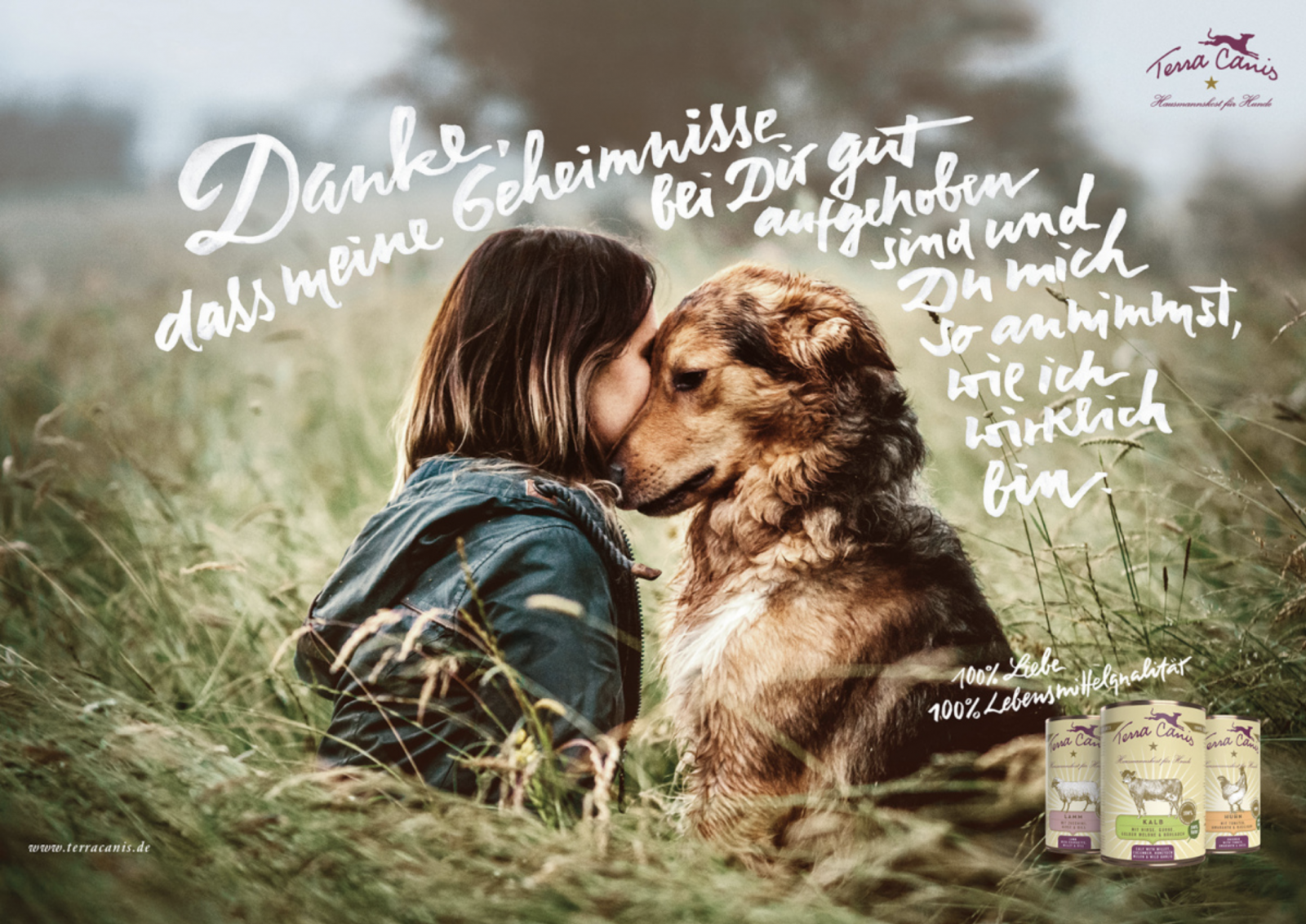
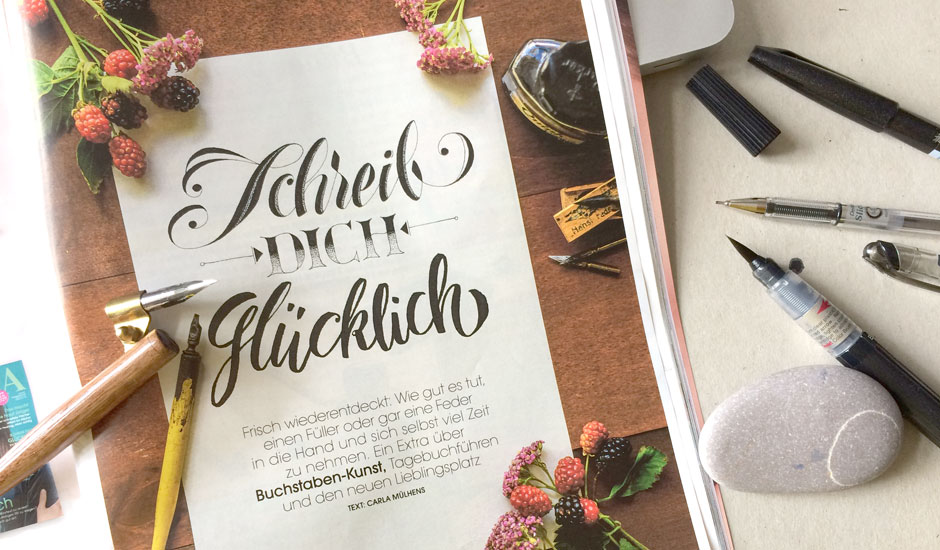
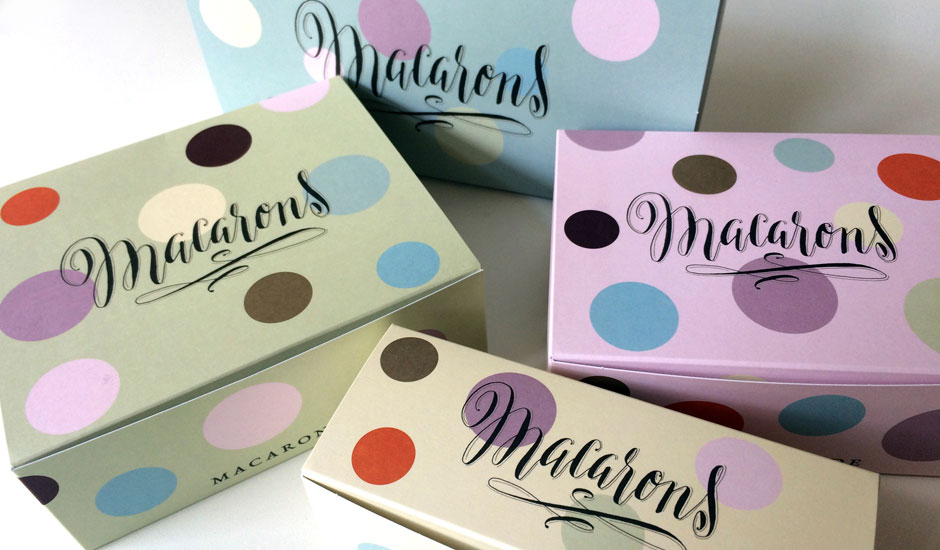
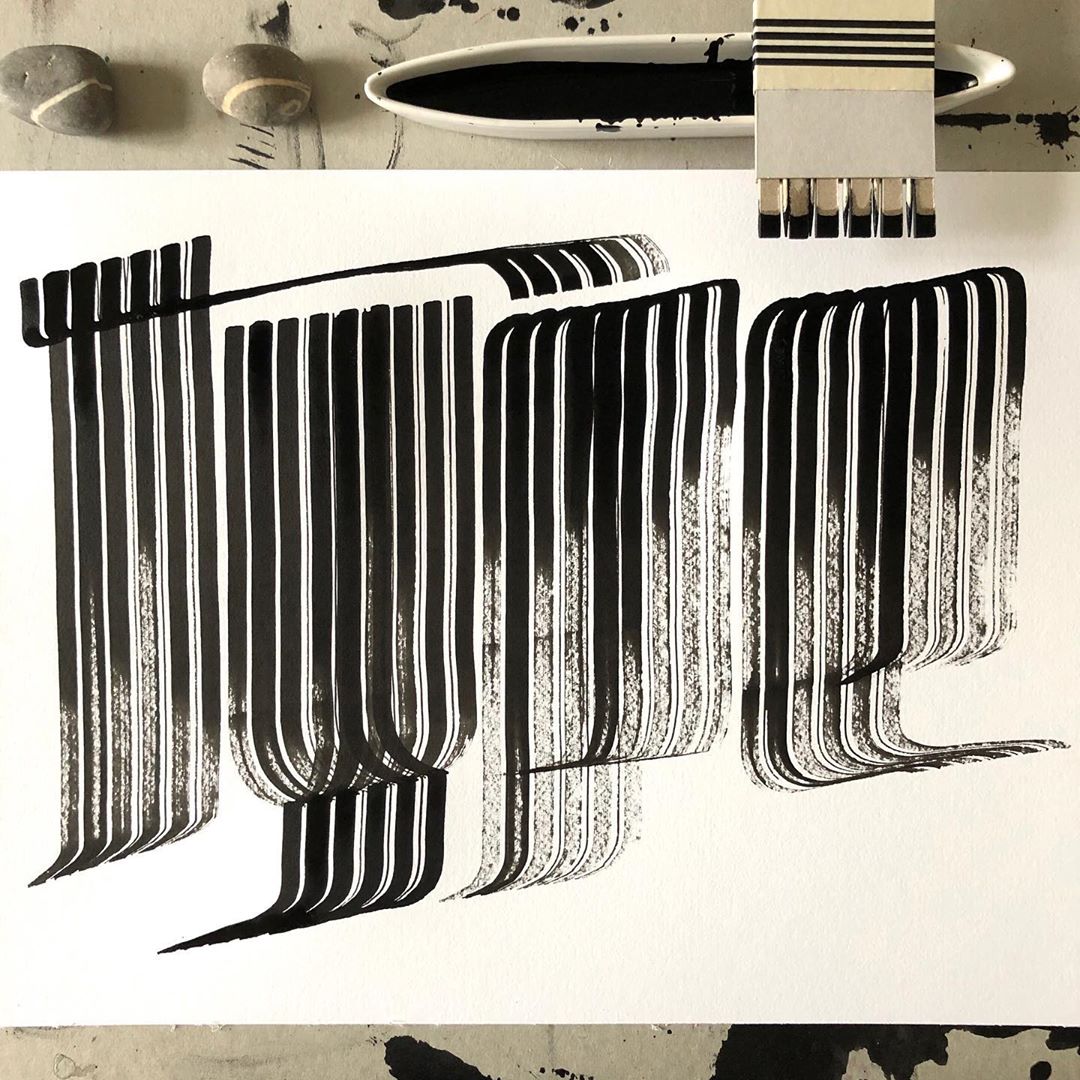
In what kind of setting do you work in, and do you have favorite tools to work with?
During the day I mostly work in my studio. I have a bright room in a commercial community that is situated in my favorite area of Munich called Haidhausen. This location is where I meet customers, exchange ideas with colleagues and where we organize regular events. I have a 12-year-old daughter so in the evenings and weekends, my home becomes my workplace. I have the freedom to choose where and when to work.
The tools for my work have remained simple and light-weight. My personal collection of pointed nibs, brush pens and fine liners along with a selection of papers, Geodreick, scanner, A4 light table, and my computer is all I need. My creative toolkit comes with me everywhere I go so that even an unexpected project for the DIE ZEIT newspaper could be dealt with on a vacation in the mountains.
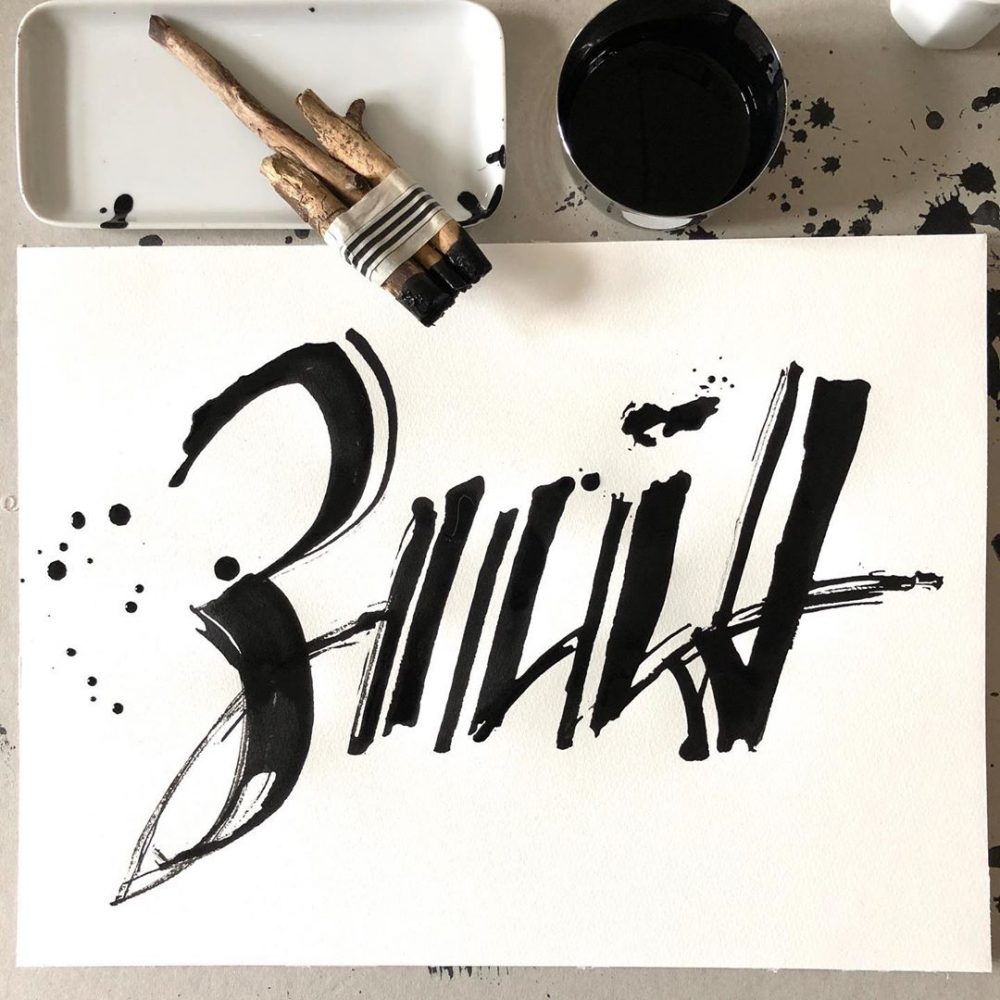 In the #100daysoflettering challenge you work in very creative ways, with tree branches, pine cones, and forks, to only name a few. Where do the ideas come from, where do you find inspiration?
In the #100daysoflettering challenge you work in very creative ways, with tree branches, pine cones, and forks, to only name a few. Where do the ideas come from, where do you find inspiration?
The #100daysoflettering challenge began shortly after the Berlin Letters 2019 conference in May, following the idea of Francis Chouquet and Chris Campe to spend 1 hour a day for 100 days on lettering. The idea was to find a personal approach to lettering that had never been done before. ‘On to new experiences’ was the motto. I started first with detailed pencil drawings, but it was too time consuming and not suitable for everyday use.
The inspiration is usually right in front of me: in nature (cones, sticks, stones), in the kitchen (pastry, sponges) or recycling of packaging (cardboard). It’s easier than I thought
Then I went to Italy and I got the idea to transform things to be used as writing tools that I had simply found in my surroundings rather than items that would take up too much space in my luggage. In the hotel the rectangular soap (a great ink holder) or toothpicks (for finest lines) or straws from the Aperitivo. The results were so surprising. Many very wonderful traces and lines. So each daily experiment represents another discovery. The inspiration is usually right in front of me: in nature (cones, sticks, stones), in the kitchen (pastry, sponges) or recycling of packaging (cardboard). It’s easier than I thought.
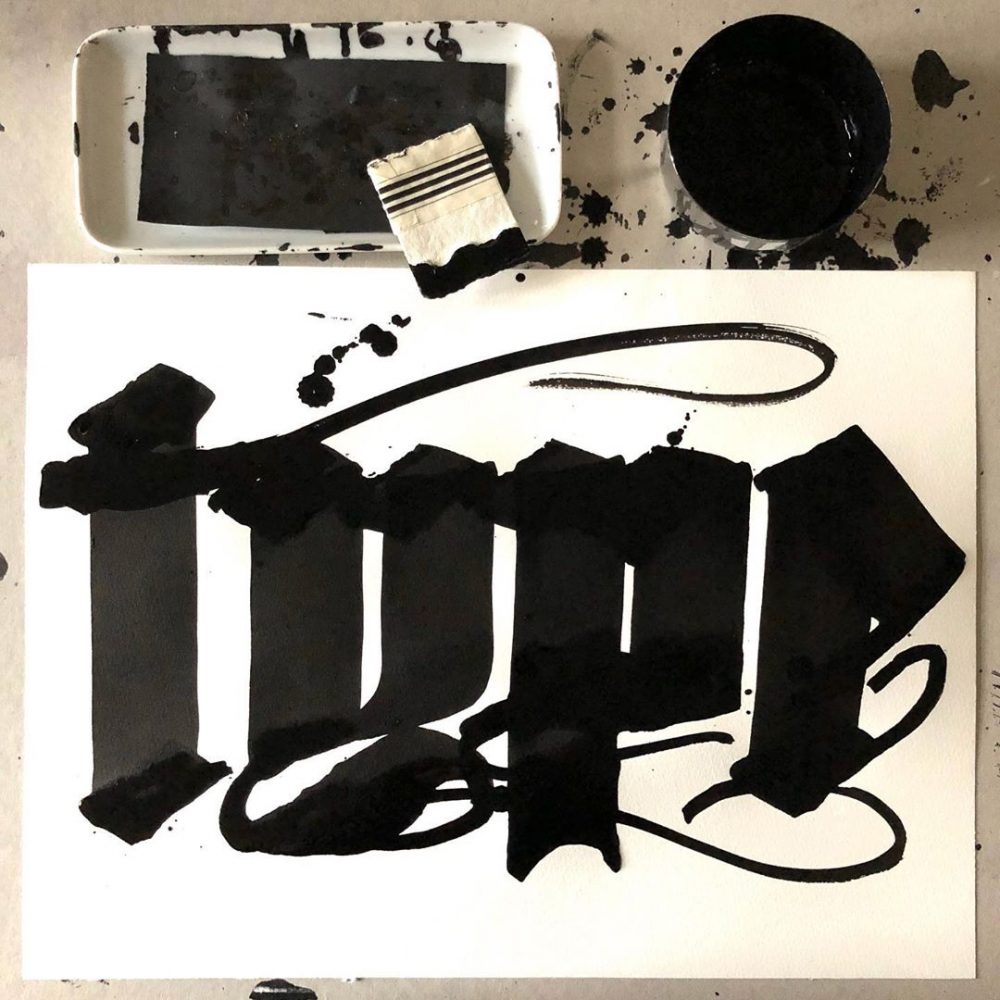
What role does paper play in your lettering work? What are the attributes you look for when choosing it, and do you have a favorite one?
Choosing the right paper is very important. First of all the tools must work well. With a pointed nib, I can only work on generously sized paper, which holds the fibers well. It does not necessarily have to be smooth, but my feather has to glide nicely on it. Brushpens require more paper.
I like a haptic nice matte paper, delicately structured and it does not have to be smooth, however, but it must be strong
I like a haptic nice matte paper, delicately structured and it does not have to be smooth, however, but it must be strong. Preferences? Not really, I select whatever fits the project (fsc certified paper, recycled paper). The careful choice of quality paper ensures better results and is much more fun to work with.
Is there a difference in how you approach client work, compared to more personal projects?
My client projects are fine paperwork with the pointed pen. Brush lettering in the editorial area, lettering works for publishers, chalkboards for restaurants, hotels, and bars. Basically very diverse. Since being represented by the agency kombinat rotweiss illustration, I get more projects for lettering illustrations. In my freelance work, I work much freer, more experimental and larger. My freelance projects lead me to work differently and allow me to try something new. The published results (Instagram, my website, etc.) often gets put to use later in customer projects.
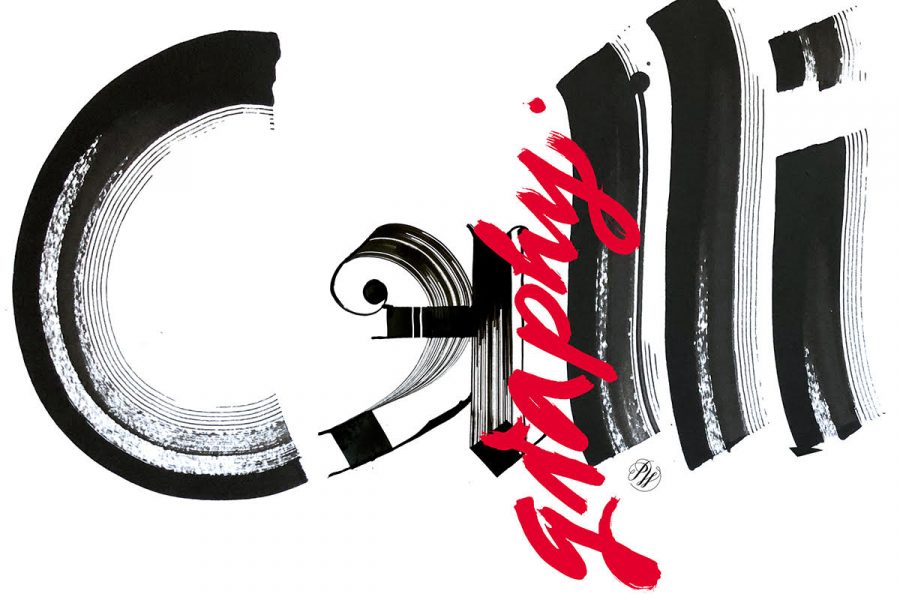 A unique calligraphy design by Petra for Design&Paper
A unique calligraphy design by Petra for Design&Paper
Do you have a dream client or project you’d wish to work for one day?
I would like to write for set design or in film, do lettering in large spaces or write for performance productions. I would love to collaborate with a fashion designer and describe the fabrics and put together a collection with me taking care of the lettering side of things.
For someone just starting out or interesting in calligraphy, what are the most important things to consider?
The best way to start calligraphy is to learn from a competent teacher. You do not have to buy tons of materials, to begin with, like nibs pens, inks, etc. It’s better to start with just a few tools but ensure they are good ones. And really important: you need a lot of patience and practice. But most of all: Enjoy yourself!
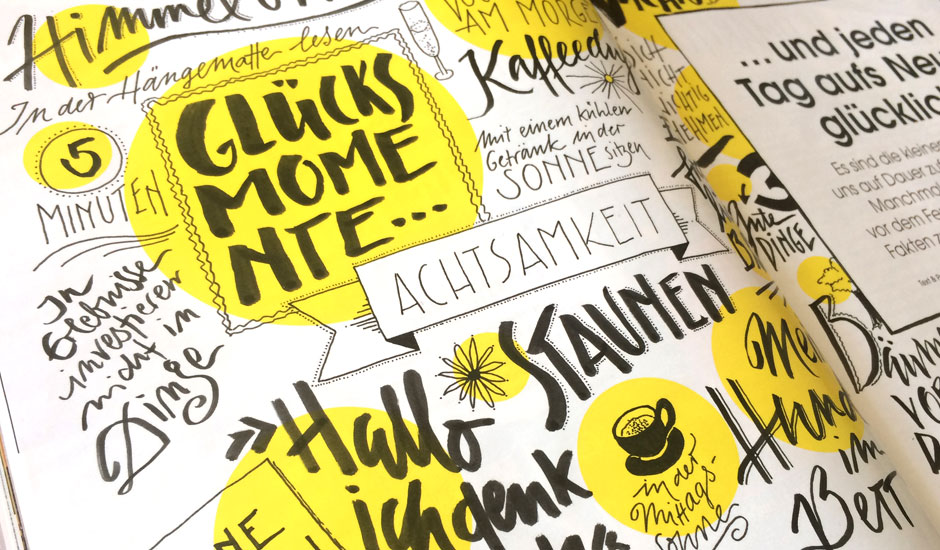
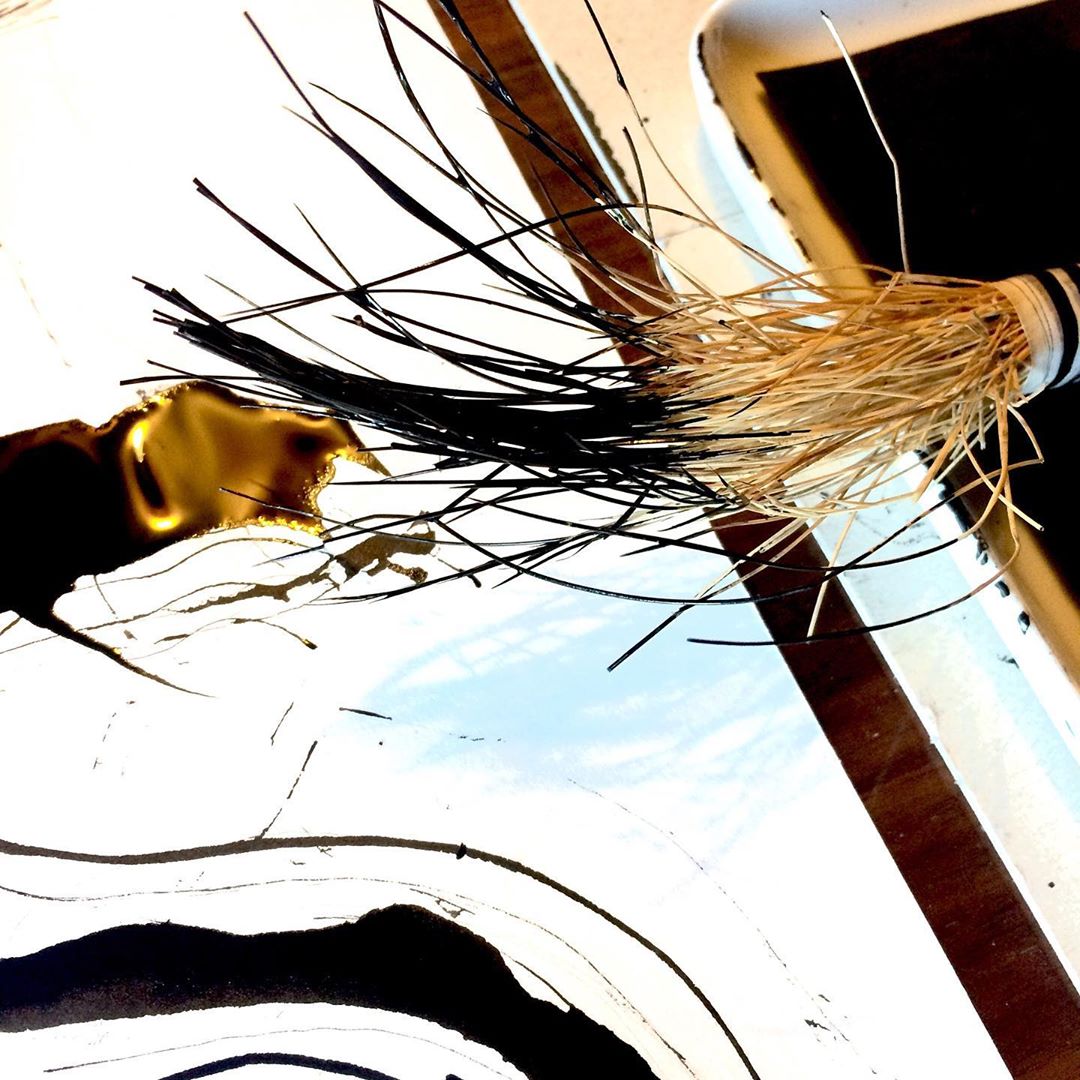
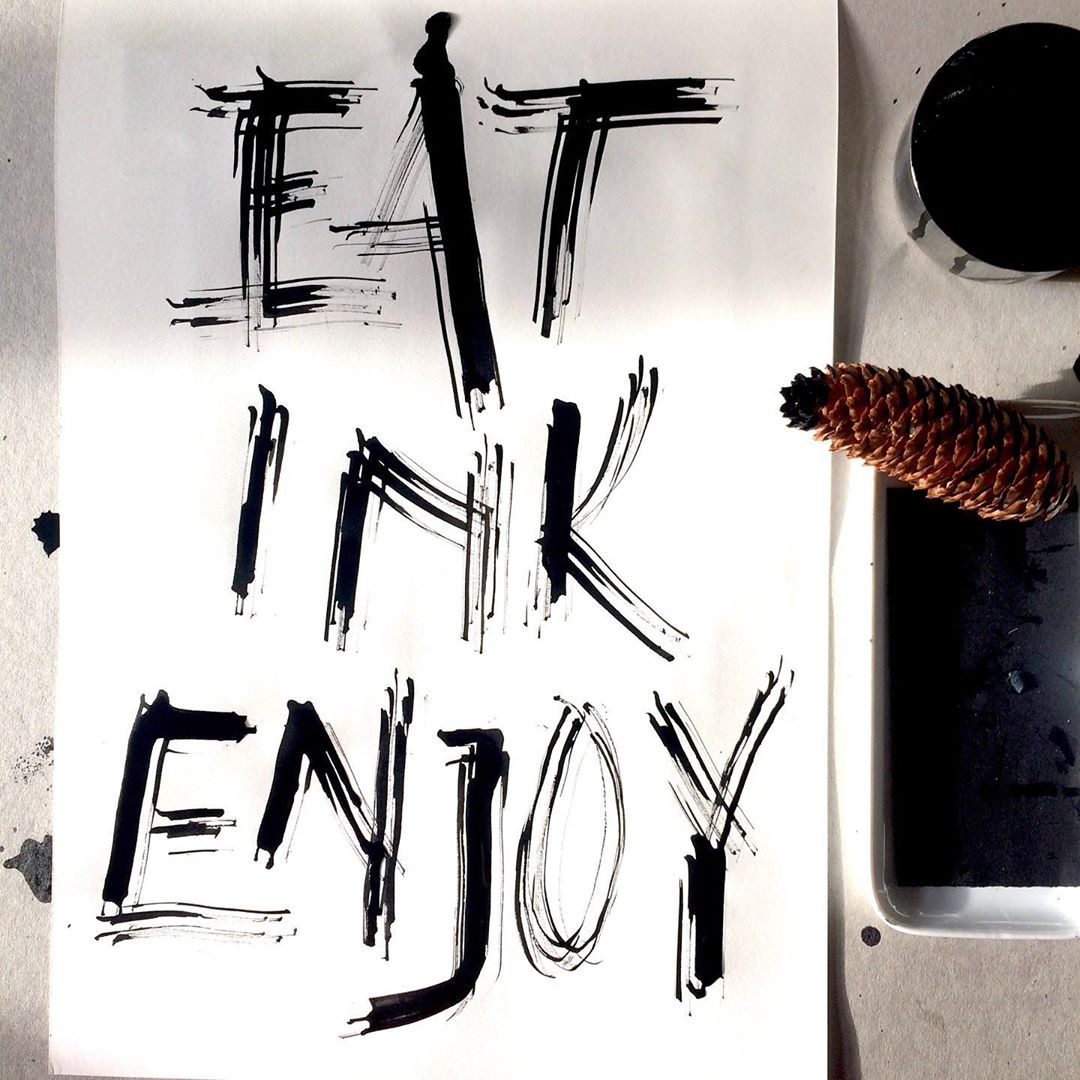
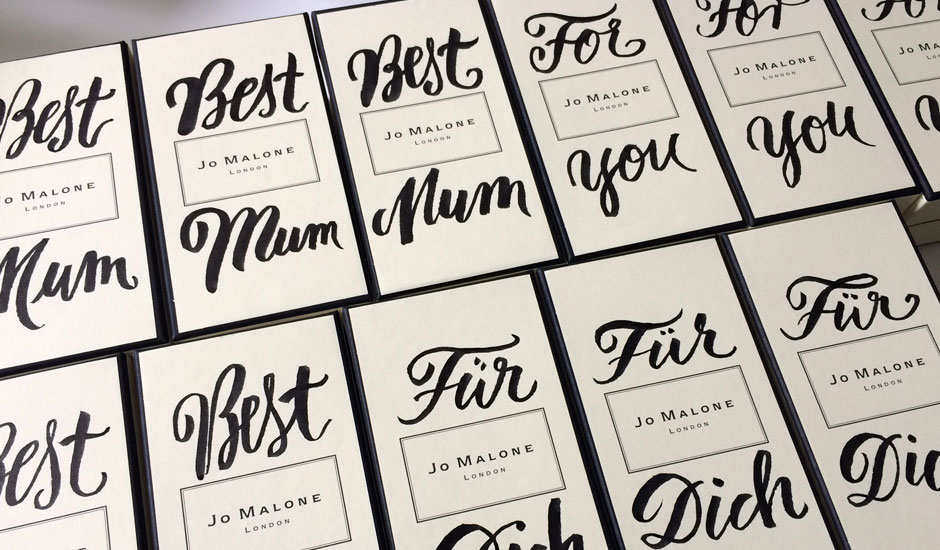
Images © Petra Wöhrmann

